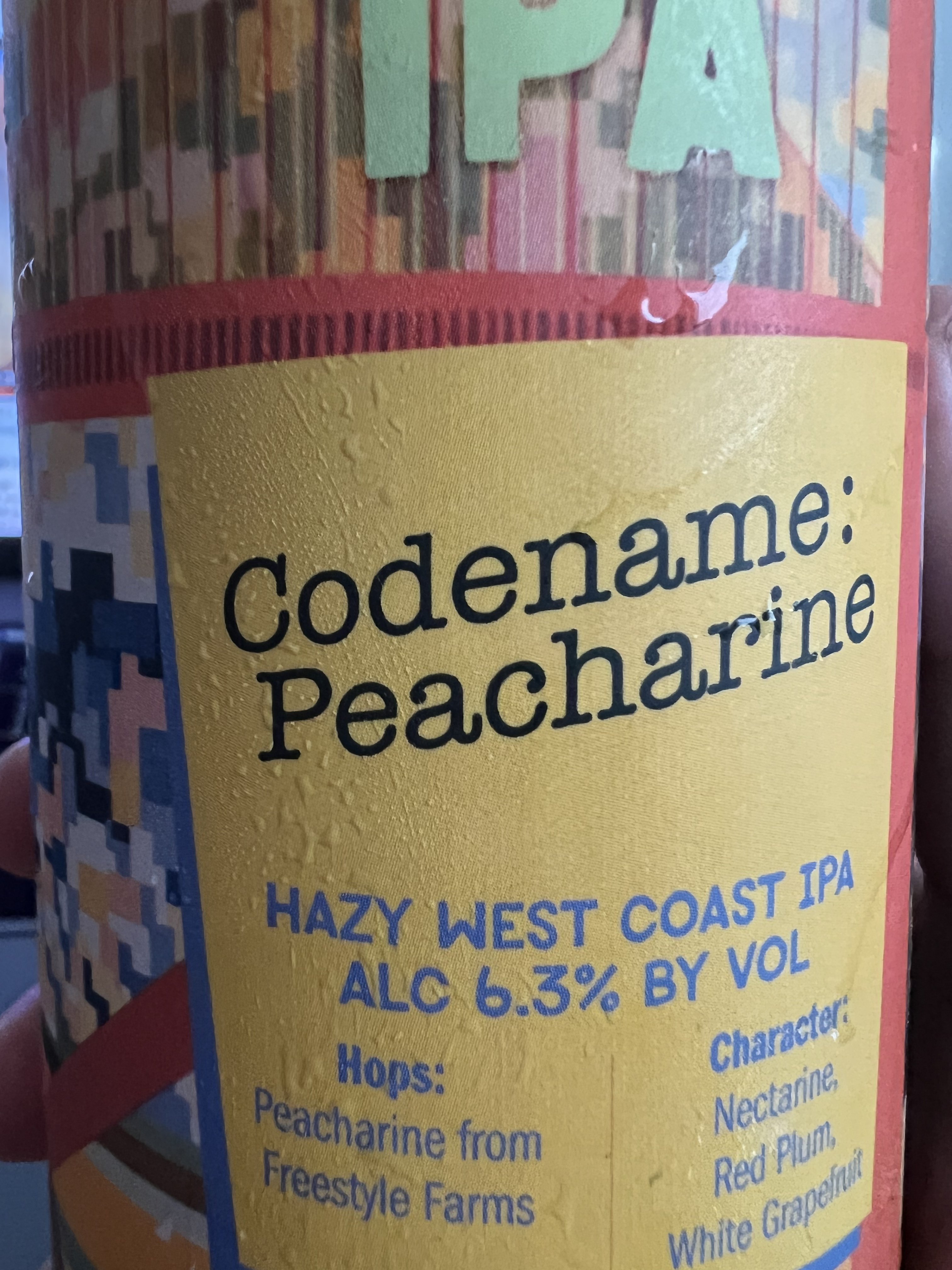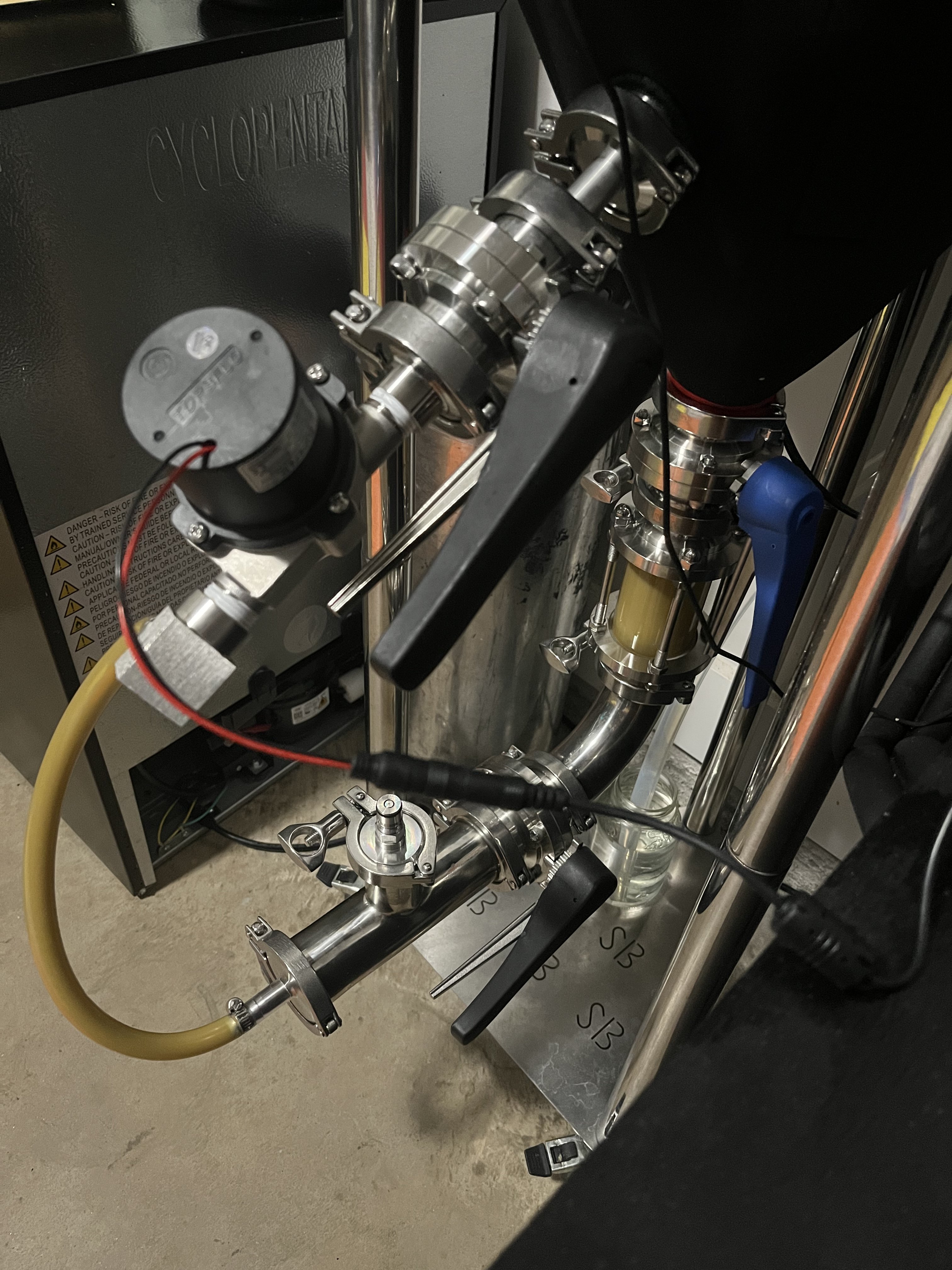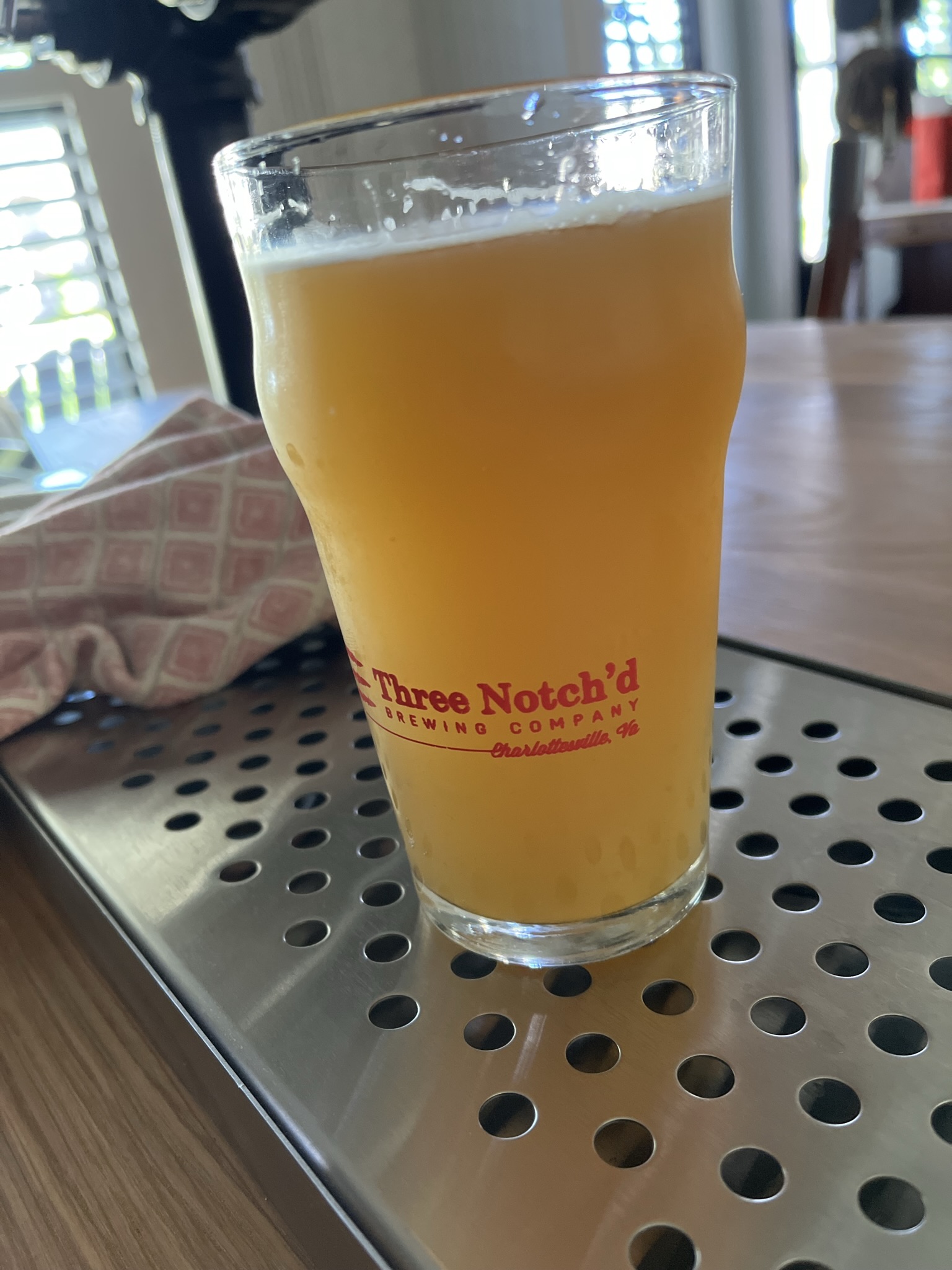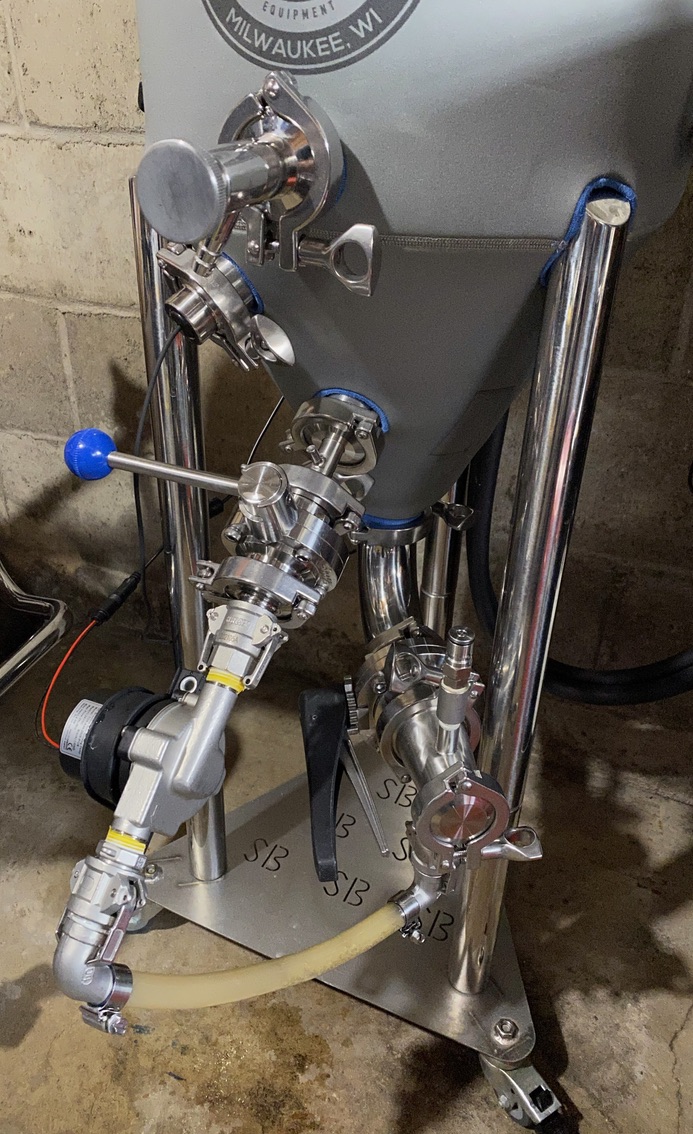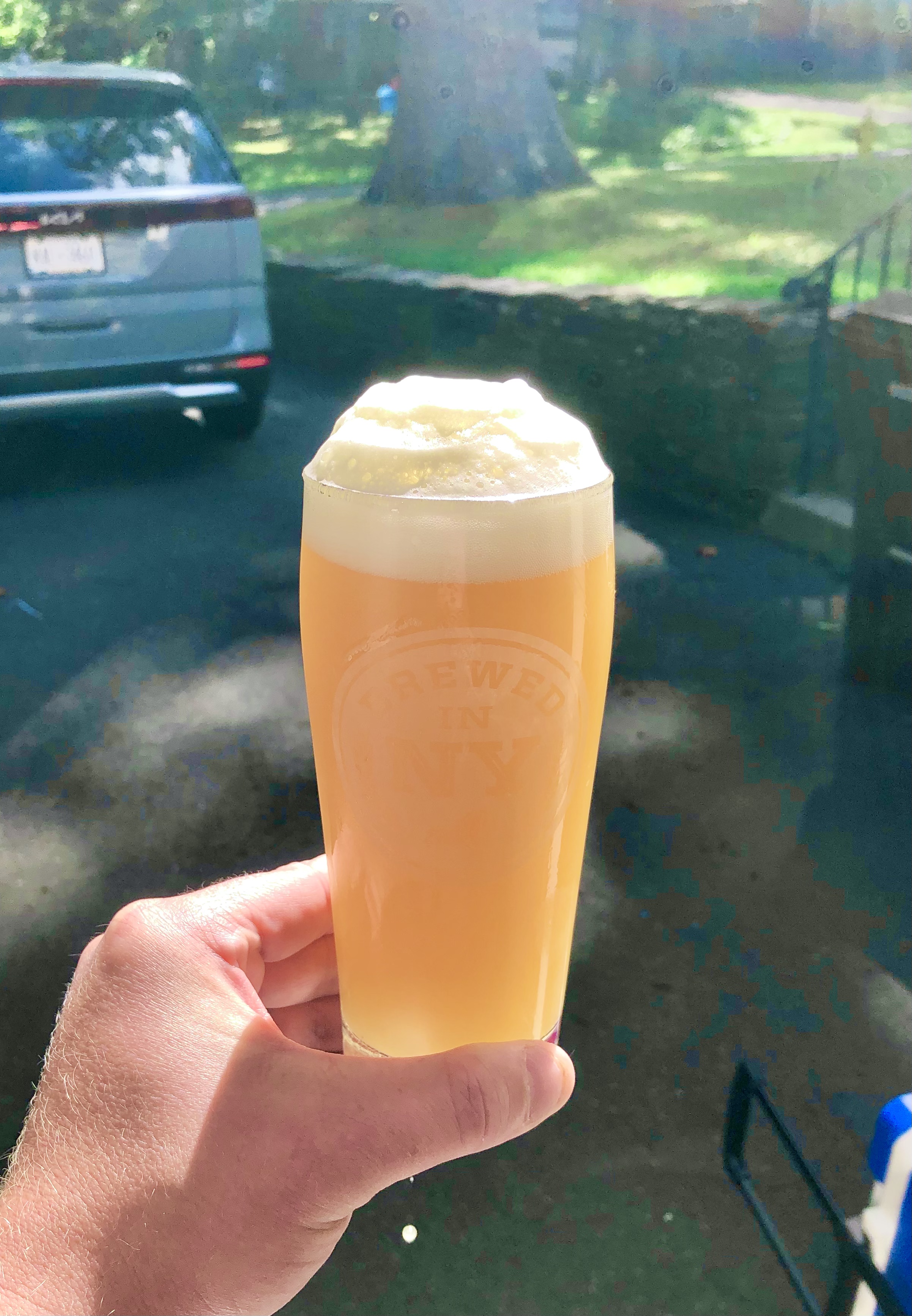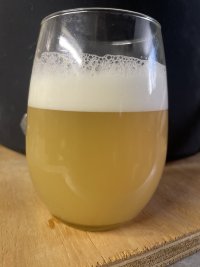So.... I'm not arguing or being contrary, but it seems like these temps would give you a high starting gravity, and tons of fermentables for a low final gravity, and a "thinner" beer, subjectively speaking? This strikes me as backwards from enhancing body. I really don't know but it doesn't feel right.
So one thing that has been driving me crazy is my FGs.
For the longest time, I thought my NEIPAs were finishing too low. My first 3 were Braufessors recipe from this thread. This was 2017-2018. Using Gigayeast GY-54. I really liked these beers and just found that they didn't quite have that mouthfeel that Treehouse gets. I was getting 1.013-1.014 as my FG, mashing at 154.
Then I made the Trinity Julius clone with the S04/T58/WB06 mix, mashed at 156, and finished at 1.009. I loved the beer, but still felt the mouthfeel wasn't quite right. However, it wasn't any thinner than my previous attempts, despite finishing with a significantly lower FG.
Then I started messing around with my own recipes, using WLP095 and mashing at 156. Same thing. They tasted great and I really liked them. But the mouthfeel still wasn't what I had in my head. These finished anywhere from 1.010 to 1.014. I just couldn't seem to get that FG up, which I assumed would get me the fuller mouthfeel.
All of this was back when every brew day was marked by one disaster or another. The first few were back in my outdoor brew pot + propane burner days and then my first few grainfather brews. I'm forgetting to make a starter, my pumps are clogged with hop matter, etc. I was using a Fermonster and learning closed transfers but clogging my disconnects when filling the kegs and having to expose my beer to o2 anyway. That's how my first 10 years of brewing generally went, hence my handle.
At some point everything became easy. I learned my grainfather. I've made some mods to address its limitations. I ferment in kegs with floating dip tubes. Brew day is less stressful, I hit my number consistently, etc. I've got a dedicated brew room that makes it easier.
This year I set out on a mission to find a grain bill and process that achieved the appearance, mouthfeel, and head I wanted. I always got the big hop flavor and aroma, so I figured I could mess with hops once I had that solid foundation.
I started with 1318 (first time), mashed at 158, no oats. The beer finished at 1.020! I finally got over that 1.014 barrier! By a lot. And....I didn't love it. It was okay. The mouthfeel was fuller but it felt sort of underattenuated to me. And while the yeast gave some good flavor, it seemed to overpower the hops. It wasn't the fresh hop bomb of my earlier beers. The head was A+
I tried again, this time with Spelt. Figured maybe the high FG was a fluke. But I finished at 1.021 and the mouthfeel was the best I've achieved. I'd be happy with that mouthfeel for all my NEIPAs. Still wasn't quite the fresh hop bomb my old ones were, but it was better than the previous batch and I felt like I was really zeroing in on my mouthfeel. But since the FG was about the same and the mouthfeel so improved, I started to think the FG maybe wasn't the end all.
So I wanted to see what would happen if I got the FG back down a bit--maybe to 1.016 ish. But I didn't want to lose that fantastic head I had, which I assumed was related to the 158 mash temp. So I went with a hockhurz thinking the low beta rest would help lower the FG and the high alpha rest would preserve the foam. But I was also beginning to think 1318 was overpowering my hops, so I did a split batch and pitched 1318 into one and WLP095 into the other. This would let me see whether the hockhurz got me a lower FG with 1318 and also whether the loss of hop character was due to the yeast.
The results?
Well, I showed you the pics a few pages back. Both oxidized to hell and taste terrible. lol. I don't have a clue what happened. And both finished at 1.020, which made no sense to me.
That was discouraging and I decided to take a break from the NEIPAs. Made a Cold IPA, revisited an old american wheat recipe I had, and then made a gose. I did use hockhurz for these hoping to make them fermentable and also maintain good foam. Just tapped the Cold IPA and its pretty good. The others are fermenting. But I'm ready to try again. I'll probably pretend that split batch never happened and try a hockhurz again, maybe with A24.
I'd give you a tl;dr version but that would require me to draw conclusions from all this and I haven't figured that out. So, I'll leave you with this instead:



































![Craft A Brew - Safale BE-256 Yeast - Fermentis - Belgian Ale Dry Yeast - For Belgian & Strong Ales - Ingredients for Home Brewing - Beer Making Supplies - [3 Pack]](https://m.media-amazon.com/images/I/51bcKEwQmWL._SL500_.jpg)






















